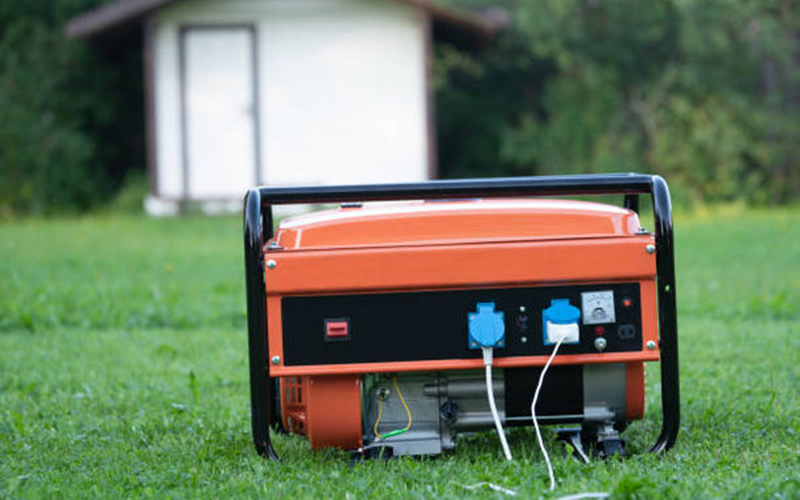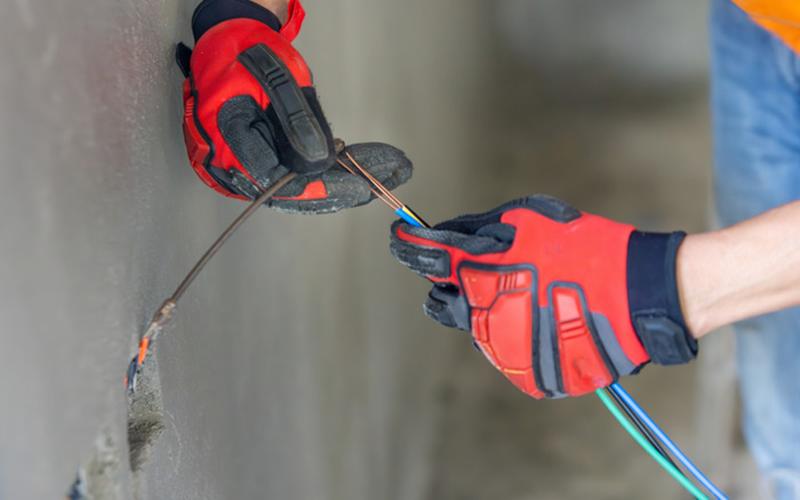Special generator power cords are widely available and designed for use with generators found in residential and commercial settings. Essentially, these cords function as heavy-duty extension cables that connect directly to your home’s power supply via an inlet box or to specific appliances like water heaters.
When choosing a generator cord, the important factor is selecting a cable that matches the correct amperage. For instance, you should use a 50-amp generator cord for a 50-amp outlet, and similarly, a 30-amp cord for a 30-amp outlet.30-amp generators support up to 3,600 watts, typically used for RVs, camping, or small home backup applications. In contrast, 50-amp generators can handle up to 12,000 watts, making them ideal for larger RVs, commercial use, or extensive home backup systems.
A general rule is to choose a generator cord that corresponds to the amperage outlet available on your generator, as many models may feature a combination of outlet types. Always refer to the manufacturer’s guidelines when making your selection. Other less common options include 25-amp and 40-amp cords, which are designed for specific generators, but these are less frequently needed.
In addition to amperage, you’ll need to select the correct prong type for your outlet. 30-amp generator plugs come in two variations: a 3-prong type for 120 volts, and a 4-prong type capable of handling both 120 and 240 volts. The 4-prong plugs are becoming increasingly common as more homes use 240-volt appliances and outlets.
For a 50-amp generator outlet, a specialized power cord is generally required. These cords typically feature a straight-blade male plug on one end for connection to the generator, and a twist-lock female connector on the other end, which links to a transfer switch or power inlet box.



 English
English 中文简体
中文简体














 NO.565,South of Xihuan Rd,Yuyao City Zhejiang China.
NO.565,South of Xihuan Rd,Yuyao City Zhejiang China. 0086-574-62599999/62593088
0086-574-62599999/62593088 0086-574-62598888
0086-574-62598888 ryan.yu@nbwell.com
ryan.yu@nbwell.com

